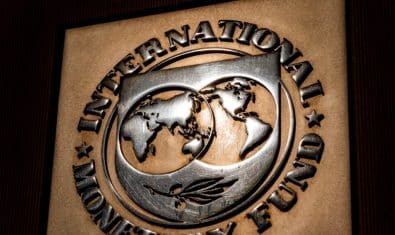Industry stakeholders are seeking a revised fertilizer policy to improve agricultural standards, an emendation that should eliminate the sector’s gas subsidies and allow for a much-needed shift to WACOG (weighted average cost of gas).
They argue that the new fertilizer policy should prioritize utilizing excess capacity by permitting the business to export urea. To ensure continuing affordability, they also want the government to pay related provisions directly to impoverished farmers.
Besides the regulatory paradigm, industry players have requested incentives to encourage debottlenecking and maximize the output of urea through the deregulated use of gas to enable the local fertilizer business to thrive. They also want the selling price of fertilizers to be entirely deregulated to allow free market forces to prevail, as intended by the Fertiliser Policy 2001.
The Fertiliser Policy 2001, ensured that the rising urea demand could be satisfied by domestic gas-based manufacturing. However, the country’s diminishing gas supplies present a risk to the entire process. It is pertinent to mention that the gas shortage is forecast to reach one billion cubic feet per day in January 2022.
The rising reliance on imported gas is also putting a substantial subsidy burden on the government. Therefore, the shareholders suggest that the revamped fertilizer policy is required for the elimination of the sector’s gas subsidies and to allow for the much-needed shift to WACOG.
Urea production plays a critical role in an agricultural country like Pakistan where farming accounts for 20 percent of the GDP and employs roughly 70 percent of the population. The country’s average urea demand is roughly 6.1 million tons, whereas the urea production capacity is currently over seven million tons.
At the same time, the area under cultivation over the past two years has incredibly hit a new high of 24.3 million hectares, showcasing an increase of nearly two million hectares. Furthermore, improved farm practices and the greater use of hybrid seeds have contributed to higher yields during the period under review. These factors have aided the rise in the consumption of urea, which is expected to reach 6.3 million tons by 2022.


























